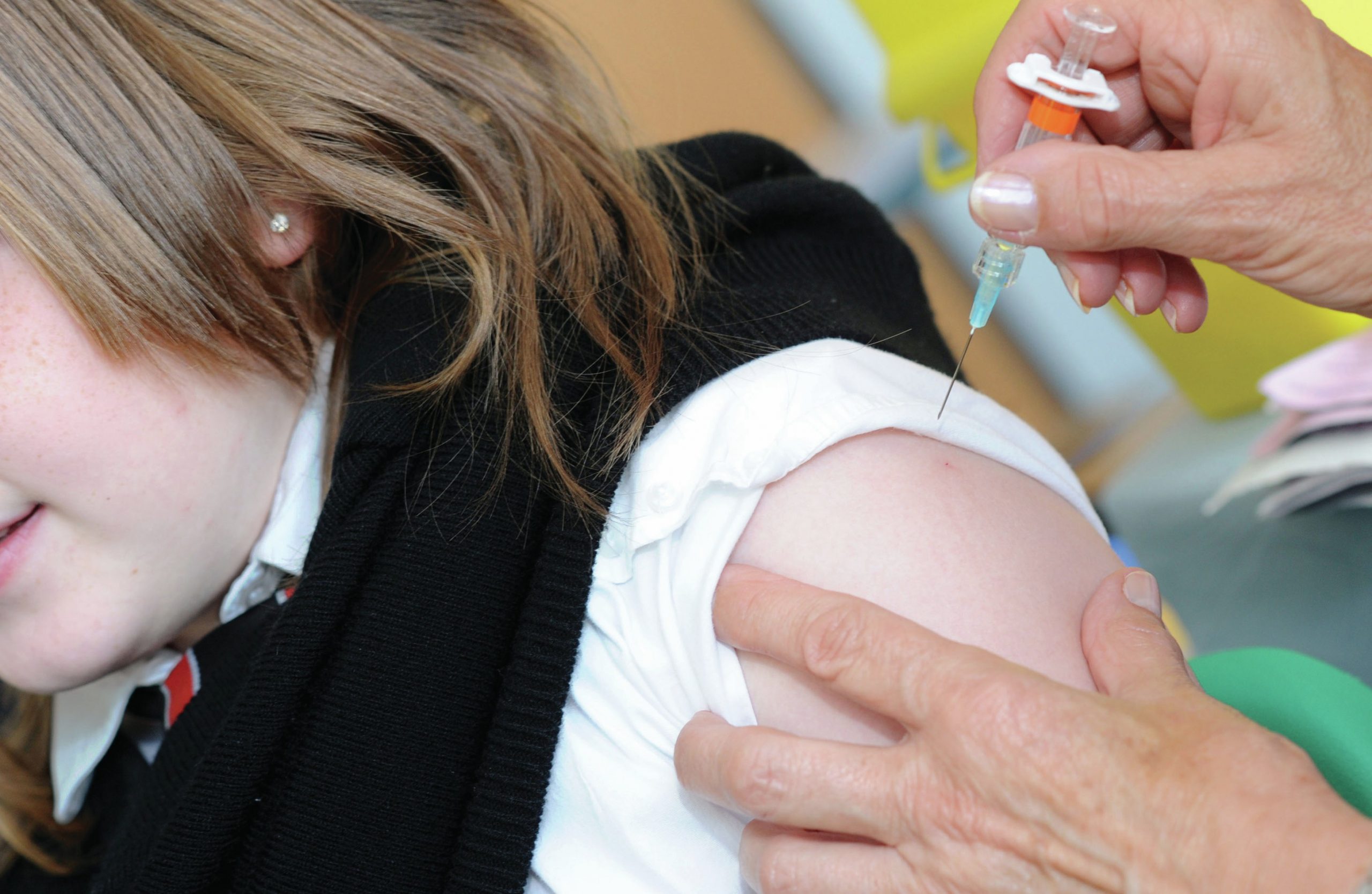
Our immune system is a powerful network of interacting cells and molecules with a specific function to protect us from infection. This is no small task when we consider the huge range of pathogens to which we are exposed. From viruses to bacteria, fungi and protozoa, we live in a hostile environment, so it’s not too surprising that we have evolved a complex immune system to deal with these various threats.
Immunologists like to split the immune system into two main branches. Innate immunity includes physical barriers to infection, such as skin and mucus membranes. It also includes key phagocytic cells such as neutrophils and macrophages, which circulate in the blood. Adaptive immunity requires a pool of specialised antigen-presenting cells and lymphocytes, also found in the blood. The most important antigenpresenting cells are dendritic cells, which are distributed in most tissues of your body, especially those at risk from infection. Lymphocytes are divided into different types. Some lymphocytes, called T cells, can directly kill virus-infected cells. Others, called B cells, produce antibodies that will recognise and bind to the infecting organism.
Your organisation does not have access to this article.
Sign up today to give your students the edge they need to achieve their best grades with subject expertise
Subscribe




